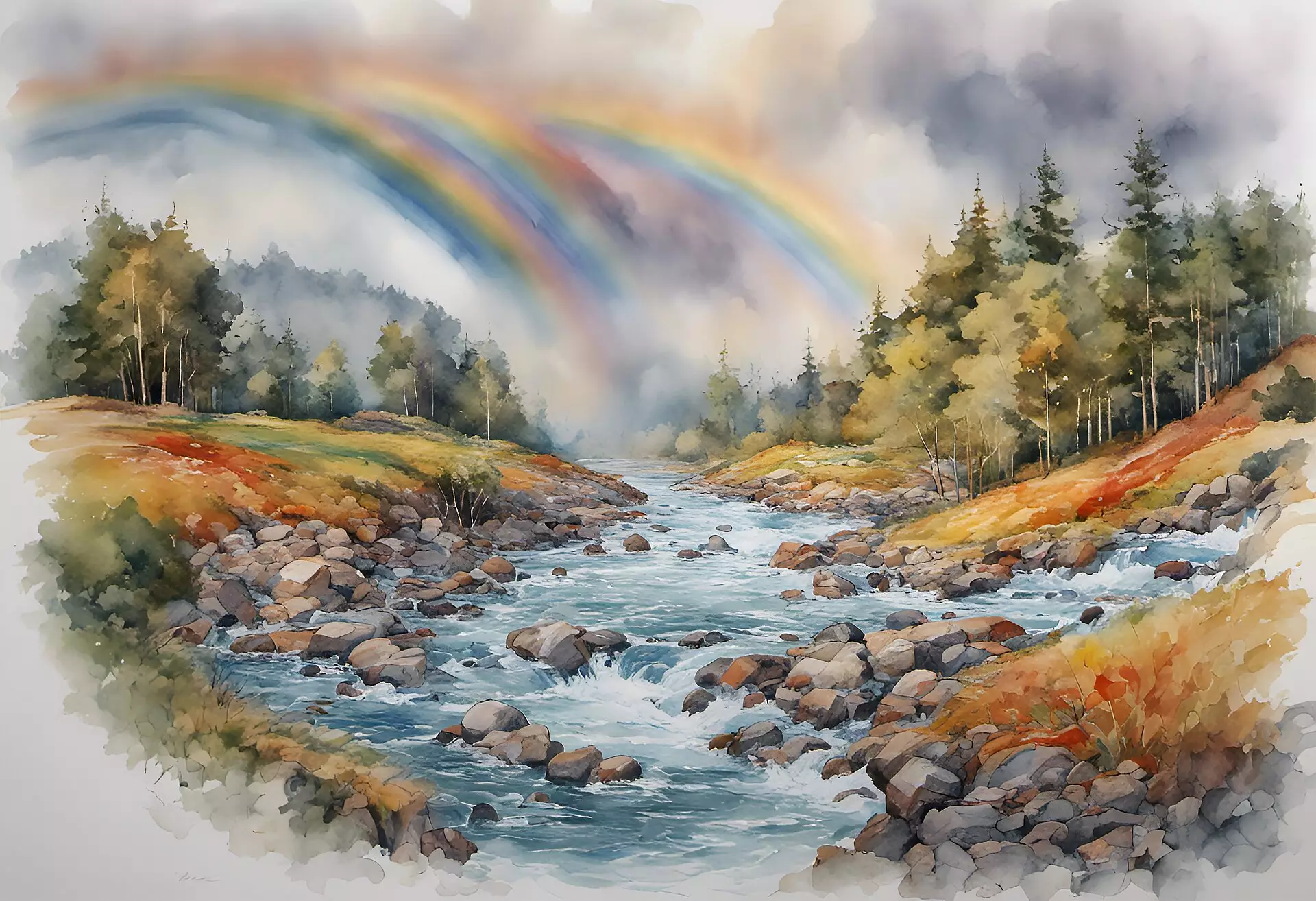The cultural world was shaken by the emergence of AI-generated art, especially a haunting female portrait known as “Loab.” However, the artist behind this creation, Supercomposite, has decided to take a step back from working with AI. In an interview with AFP, the Swedish-based artist and writer expressed her frustration and limitations with AI art. The addictive nature of pushing buttons and the dopamine rush it creates can be overwhelmingly consuming, leading Supercomposite to burn out from the experience. Consequently, she has shifted her focus to writing a screenplay instead.
Supercomposite first delved into the possibilities of AI art in 2022, creating the now-famous image of “Loab.” The red-cheeked, hollow-eyed woman quickly gained attention on social media, sparking lengthy ethical conversations about the intersection of aesthetics, art, and technology. Supercomposite utilized tools like Midjourney, Stable Diffusion, and DALL-E to generate images based on written prompts. One of these prompts, “Brando::-1,” aimed to generate an image as far removed as possible from the late Marlon Brando.
At first, the AI produced a black logo with green lettering spelling out “DIGITA PNTICS.” However, when Supercomposite requested the opposite of this image using the query “DIGITA PNTICS” skyline logo::-1,” she witnessed the emergence of a genuinely haunting woman with long hair, red cheeks, and the name “Loab” displayed in truncated letters. What started as an experimental process soon took on a life of its own.
As Supercomposite continued to modify and request alterations to Loab, a strange trend emerged. The unsettling female figure would sometimes vanish for several generations before reappearing, adding an even spookier element to the story. Additionally, Loab often appeared alongside children, sometimes in dismembered form, within a macabre and bloody world. While Supercomposite generated hundreds of Loab images, she chose not to display the most shocking ones.
In September 2022, Supercomposite unveiled Loab to the world through a series of posts on Twitter. The artwork quickly went viral, changing the trajectory of Supercomposite’s life. She became consumed by the exploration of Loab’s character, pushing the limits of the AI model and delving into various scenarios. However, the reasons behind Loab’s recurring appearance alongside disturbing elements remain unclear. Experts caution that it is impossible to fully comprehend how generative AI interprets abstract requests.
Supercomposite has intentionally kept certain details about Loab under wraps. She refrains from disclosing the specific AI tool used in its creation, in an effort to keep the focus on the art itself rather than the technology or its creators. Unfortunately, this decision has led some internet users to speculate and cast doubt on the authenticity of Loab. Accusations of re-touching or fabricating the images as a “creepypasta” have arisen, but Supercomposite denies these claims. She considers the doubts and interactions with her art as compliments.
Despite the initial fascination and success of Loab, over a year has passed since Supercomposite last engaged with this AI-generated character. The whole experience left her exhausted and burned out. As a result, she has shifted her creative focus to writing a screenplay instead. In reflecting on her journey, Supercomposite encapsulates her sentiment towards AI tools by quoting video art pioneer Nam June Paik: “I use technology in order to hate it properly.”
The story of Loab serves as a cautionary tale about the limitations, frustrations, and addictive nature of working with AI in the realm of art. Supercomposite’s journey highlights both the potential creative opportunities and the toll it can take on an artist’s well-being. While AI-generated art continues to captivate and intrigue the art world, it is crucial to remember the complexities and challenges that accompany this groundbreaking technology.



Leave a Reply